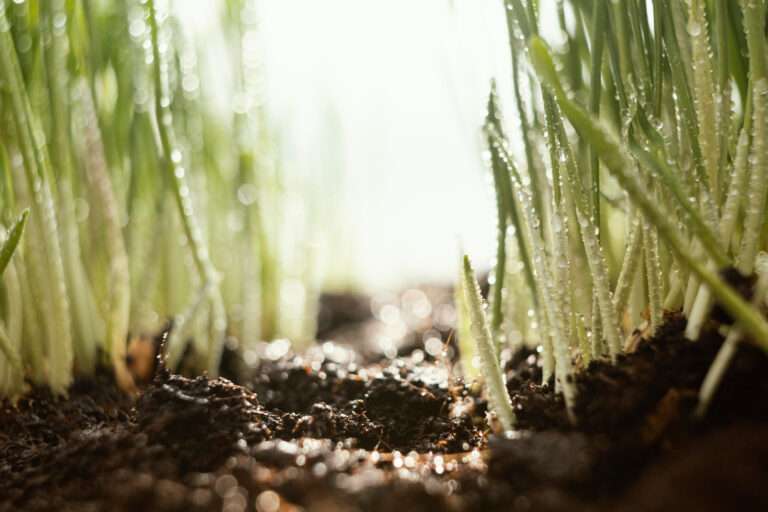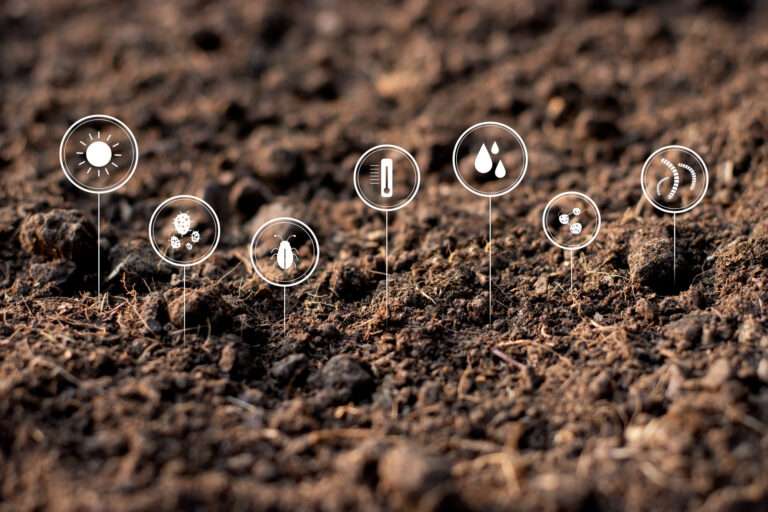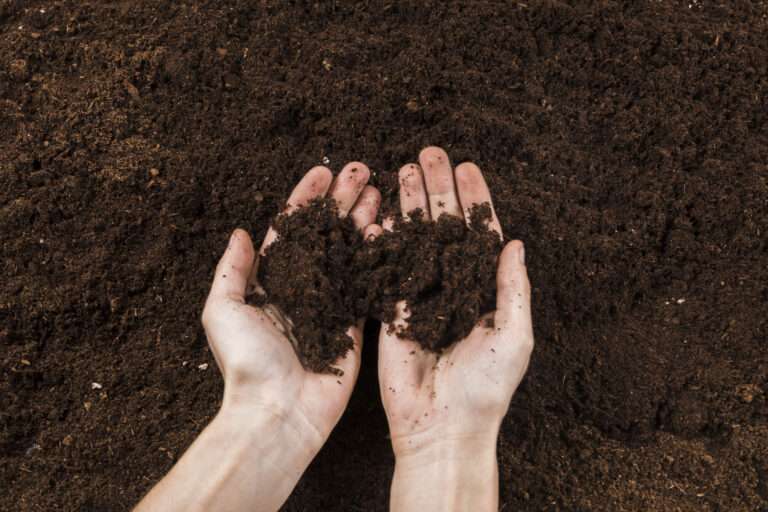9 Cost-Saving Tips for Habitat Restoration That Don’t Compromise on Quality
Habitat restoration is a powerful way to boost biodiversity, unlock compliance benefits, and enhance the value of your land. But it’s easy to assume that meaningful ecological work comes with a hefty price tag. Fortunately, there are smart, strategic ways to cut costs without cutting corners.
Whether you’re restoring grassland, woodland, wetland or urban fringe habitats, there are proven techniques and approaches that can keep your project affordable and effective. In this blog, we share 9 cost-saving habitat restoration tips tailored to UK sites—so you can stay on budget and still make a lasting impact.
1. Start with a Clear, Phased Plan
Jumping straight into planting without a plan is a sure-fire way to waste time and money. A phased plan allows you to:
- Prioritise high-impact, low-cost actions first
- Allocate budget over time rather than upfront
- Monitor results and adjust as needed
Break the project into manageable phases: preparation, initial planting, secondary enhancements, and aftercare. This way, you maintain flexibility without stalling progress.
2. Use Natural Regeneration Where Possible
In many cases, nature will do the heavy lifting for free—if you give it the right conditions.
Letting areas regenerate naturally (especially grasslands and scrub) can:
- Save on seed and planting costs
- Support locally adapted species
- Attract early colonisers like bees, butterflies and birds
This works best on nutrient-poor or disturbed soils. All it takes is time, good management, and patience.
3. Choose Whips Over Semi-Mature Trees
For woodland creation or hedgerow planting, choose whips—small, bare-root saplings—over larger container-grown or semi-mature trees.
Why?
- Whips are far cheaper to buy
- Easier and quicker to plant
- Lower watering requirements in establishment
You’ll save hundreds (or thousands) on planting costs, and whips typically catch up in growth within just a few seasons.
4. Source Materials Locally
Using local materials can significantly reduce transport, labour and procurement costs.
Examples include:
- Locally grown native plants and seed mixes
- Timber or brushwood from nearby tree surgery or land management operations
- Topsoil reuse from within your site
You’ll also reduce your environmental footprint and support the local economy—an added bonus for planning and stakeholder engagement.
5. Partner With Local Groups or Volunteers
Many community groups, schools and conservation organisations are eager to get involved in restoration projects—especially when it supports learning, wellbeing or local biodiversity.
Engaging volunteers can:
- Reduce labour costs
- Build local support for your site
- Help with planting, weeding, and aftercare tasks
Be sure to provide training, tools, and proper supervision to keep things safe and productive.
6. Focus on Marginal Gains First
Rather than trying to restore an entire site all at once, start with key marginal areas like:
- Buffer zones
- Drainage ditches
- Boundaries and edges
These areas often need minimal intervention to yield big ecological benefits—and they’re usually out of the way of core site operations.
This “small wins first” approach builds momentum and confidence while keeping upfront costs low.
7. Limit Irrigation Through Plant Timing
One simple way to save on ongoing maintenance? Time your planting right.
- Plant during dormant seasons (autumn or early spring) to minimise stress and watering needs
- Use drought-tolerant native species that establish quickly without intensive aftercare
This reduces the need for artificial irrigation, helping cut labour and water costs.
8. Monitor and Maintain Strategically
Monitoring helps avoid costly surprises—but it doesn’t have to be complex.
- Set realistic, measurable goals (e.g. % vegetation cover, species count)
- Do simple visual checks monthly
- Schedule maintenance only when it’s needed (rather than arbitrary monthly visits)
This reduces unnecessary spend and keeps your resources focused where they’re actually needed.
9. Bundle Restoration Into Other Works
If you’re already planning earthworks, landscaping, or drainage, integrate your restoration work into that same timeline and contractor scope.
- Add wildflower seeding to soil regrading
- Include tree planting in general landscape works
- Time wetland scrapes alongside pond creation or drainage upgrades
Bundling tasks like these avoids duplication and saves on access, mobilisation and contractor costs.
Want a partner who can help you do this efficiently? Learn how we work with clients to deliver value-led ecological improvements on our habitat restoration services page.
Frequently Asked Questions
Is it possible to restore habitats with a limited budget?
Absolutely. Many impactful restoration projects are carried out on tight budgets. The key is planning well, using low-cost methods like natural regeneration, and phasing the work realistically.
Are grants available for habitat restoration?
Yes. Various national and regional funding schemes support biodiversity and habitat enhancement. These can cover planting, fencing, soil work and long-term management. Some also reward carbon or biodiversity offsetting.
What’s the most cost-effective habitat to restore?
Species-rich grasslands often offer the highest ecological return for the lowest cost—especially if the soil is already low in nutrients. Wetlands and hedgerows are also relatively inexpensive if done correctly.
Can we do it in-house without contractors?
Depending on your team’s capacity and expertise, yes. Many organisations manage planting, weeding, and maintenance themselves—particularly when supported by a professional plan and external advice.
Conclusion
Habitat restoration doesn’t have to be expensive. With the right strategy, materials and support, you can bring degraded land back to life—without draining your budget.
By focusing on natural processes, phased delivery, and efficient use of local resources, even the most modest project can make a big ecological difference. Whether you’re restoring habitats for compliance, community benefit or long-term site enhancement, these cost-saving tips will help you do more—with less.
Killingley Insights is the editorial voice of NT Killingley Ltd, drawing on decades of experience in landscaping, environmental enhancements, and civil engineering projects across the UK.








